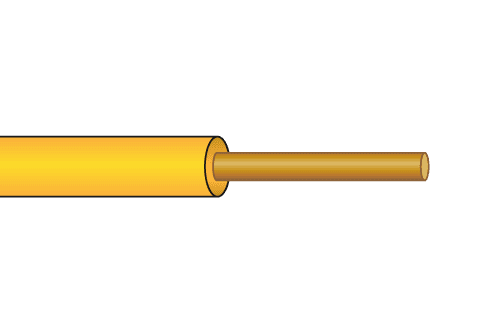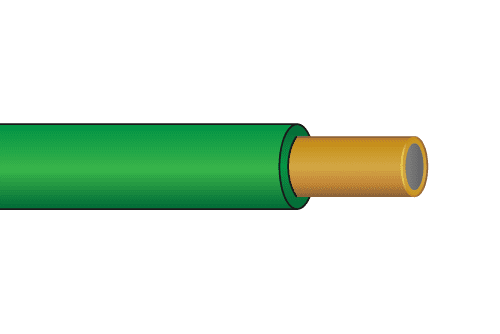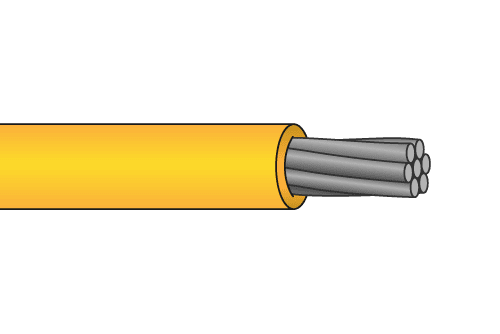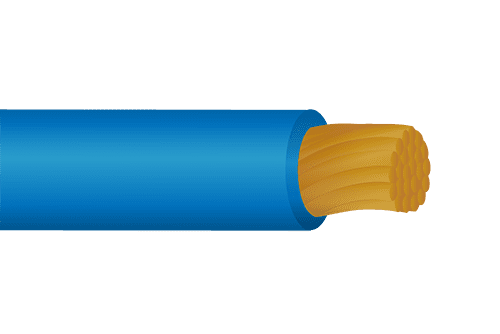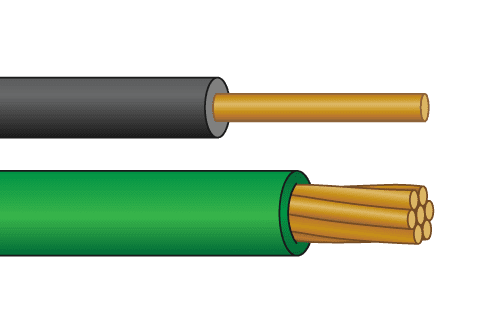By Alana Thomas
Construction of underground tunnels, chambers, passageways, and trenches can be dangerous. Knowing the types of wire and cable that are safe for underground construction can help protect the safety of electrical contractors.
Both Wires and Cables can be used in underground construction. An underground wire can be made from either copper or aluminum. Copper wire can safely be bare in the ground or can have a protective jacket or insulation. A cable is a group of two or more conductors sheathed together.
An underground cable consists of one or more conductors that have high conductivity, such as copper which can withstand high voltage, or aluminum. This will make up the core of the cable. Surrounding the core is a layer of insulation that helps to avoid leakage and ensures a high- degree of safety. Lastly, there is a sheath or jacket which acts as a protective layer for the cable and seals out the elements. However, if the insulation is thick and protective enough, a jacket is not always necessary.
When working on underground projects direct burial wire and cable is used. Direct burial wires and cables are designed specifically for underground use in building trenches. This is because they can withstand harsh weather conditions in both wet and dry environments. The wire’s insulation protects from the elements and any moisture in the soil, making it safe to be buried directly into the ground without a conduit. A conduit acts as a mechanical barrier between the wire and the soil. The most referred to types of direct burial wire are USE, which stands for (Underground Service Entrance), and Tracer Wire, both of which commonly carry a voltage rating of 600V or less.
Whether it be a USE cable or Tracer wire, there are different decisions an electrical contractor can make when choosing the right wire for their project. First, the most important one is whether to use stranded or solid copper/aluminum as the conductor. Solid is made up of a single conductor. Though it provides excellent strength, it has less flexibility. Stranded wire, on the other hand, is made up of a bundle of multiple wires and bends easier than solid, making it a good choice when installations demand flexibility.
1. RHH/RHW-2/USE-2, sometimes called XLP-USE, is made up of a copper conductor and insulation of cross-linked polyethylene. There is no outer protective jacket for this cable because the insulation is thick enough to protect the wires within. The cable is specifically for underground service entrance.
2. PVC Ground Wire is usually bare copper or insulated as green, (the green denotes ground). Polyvinyl chloride is the most typical weather-resistant insulation is polyvinyl chloride (PVC).
3. Tracer Wire is commonly known as locator wire, and is used to locate buried non-conductive pipe or tubing, such as natural gas or water lines. Tracer wire is essential to underground utility work as it helps contractors easily find underground assets.
Selecting the right wire or cable depends on the project. However, as safety is the number one concern for an electrical contractor, knowing about the common wires and cable that are used for underground construction and meeting the criteria of the NEC, (National Electric Code), will help to make any construction project safer.
Learn more about top industry resources for wire and cable purchasing agents.
